Can Dogs Eat Rhubarb? Yes and no. The stems of the rhubarb plant are ok for a dog to eat. However, the leaves contain high levels of oxalic acid (oxalate crystals), which is very toxic to dogs. The stems of a rhubarb are an excellent source of nutrients and provide dogs with calcium, vitamins K and C, dietary fiber, potassium, magnesium, and other vitamins and minerals.
Busy? Get Your Hands Paws On The Answers Quickly…
- What Is Rhubarb?
- Can Dogs Have Rhubarb?
- What Are The Health Concerns Of Rhubarb?
- What Are The Different Types Of Rhubarb Plant?
- What Fruit and Vegetables Can My Dog Eat?
- FAQs
WHAT IS RHUBARB?
Rheum rhabarbarum, commonly known as rhubarb, is a herbaceous perennial with crunchy red stalks and triangular leaves – large in size. All parts of the rhubarb plant contain oxalate crystals, although the large leaves have high amounts. Oxalate crystals can cause dogs’ severe pain and irritation when consumed in large quantities. All dogs’ are different, and oxalate crystals will affect dogs’ in different ways. Some will show minimal if not any pain, whereas others will be highly irritative and show a lot of pain. To be on the safe side, it is highly recommended you take your dog to the veterinarian straight away if you believe they have eaten rhubarb leaves.
CAN DOGS HAVE RHUBARB?
As previously mentioned, certain parts of the plant are ok for dogs to eat (stems/stalk), and other parts are highly toxic (leaves). The stem of the rhubarb is an excellent source of nutrients for a dog, providing them with; calcium, vitamins K & C, potassium, magnesium, and dietary fiber. These nutrients are essential for dogs’, below we have outlined why.
Calcium
This is an essential mineral for dogs; not only does it improve a dog’s teeth and bones, it also helps clot blood properly and strengthen, contract, and lengthen their muscles. It also plays a pivotal role in producing and maintaining cells.
Vitamin C
This vitamin is of high importance. The antioxidants help reduce inflammation inside the dogs’ body as well as helping with cognitive aging. Dogs’ can produce vitamin C in their liver, but that does not mean you should factor it out of their diet as it offers other health benefits. Foods high in vitamin C include; broccoli, sprouts, lychees, and lemons.
Potassium
High levels of potassium can be provided from the rhubarb stem. Potassium is an excellent nutrient for your dogs as it helps to control their nerve impulses, functions the brain, muscle activity, and function of the heart. If your dogs’ potassium levels become too low, it can cause hypokalaemia. Hypokalaemia can affect some dogs a lot, while others won’t show any symptoms. The lack of potassium can affect a dog’s neurological, skeletal, and cardiac muscles, and if left untreated, it could be fatal.
Magnesium
Magnesium is another vital mineral for dogs. Magnesium helps the dog’s body to process as well as functioning the nerve system and muscle mobilization. If you notice a change in your dogs’ muscle strength or tone, this could be down to a lack of magnesium. Foods that have high levels of magnesium include; tofu, whole grains, fish, and nuts.
Fiber
Fiber isn’t a necessity in a dog’s diet and isn’t something ‘wild’ dogs would have eaten. However, it can help with the gut, digestive system, and to keep consistent bowel movements.
WHAT ARE THE HEALTH CONCERNS OF RHUBARB?
As with most foods, there are always some negatives as well as positives. In this case, they can be life-threatening to your dog, so pay attention and read carefully!
Rhubarb Poisoning
If your dog swallows and digests the rhubarb leaves, it can cause rhubarb poisoning, which may cause severe problems to your dog and even be fatal. All parts of the plant contain calcium oxalic, which is an oxalate acid. When this acid comes into contact with a dogs’ flesh, it can cause irritation and inflammation. If swallowed, this can then cause the digestive system not to function correctly and without treatment become fatal.
Rhubarb Poisoning Symptoms
> Bloody Urine
> Diarrhea
> Excessive Drooling/Panting
> Loss of Appetite
> Difficulty Breathing
> Vomiting
> Stomach Pains
> Swelling of the Lips or Tongue
If you notice any of these symptoms in your dog, you should call the veterinarian immediately to seek professional help and advice.
Allergic Reaction
Some dogs can be allergic to specific foods, grains, or liquids. Therefore, if you notice any of the symptoms from above once they have eaten the rhubarb, you should speak with your veterinarian to determine whether it was an allergic reaction or not.
WHAT ARE THE DIFFERENT TYPES OF RHUBARB PLANT?
There are several different varieties of the homegrown rhubarb plant. If you’re thinking of growing rhubarb at home, ensure it is not accessible for your dog for the reasons previously described. This part of the article will help you decide which rhubarb plant is best for you to buy and grow, choose wisely!
Canada Red
This type of rhubarb plant produces a short, slender with brighter red stalks. If growing for yourself, excellent for pies, jams, or just freezing.
Cherry Red
The cherry-red rhubarb plant produces thick, long, and slightly red stems that are excellent for canning, freezing, or making jams.
Crimson Red
This plant is mainly found in Oregon and produces long, red stalks that are good for pies, freezing, and canning.
Macdonald
This variety of rhubarb plant produces bright colored red and pink stems, which are long and thin. They’re best used in pies, jams and can also be frozen.
Strawberry
This plant produces long, thick stalks that are a pinky red color. The rhubarb is excellent for pies, jams, canning, and freezing.
Sunrise
The sunrise rhubarb produces thick, pink stalks that are very good for freezing, making jams and canning.
WHAT FRUIT AND VEGETABLES CAN MY DOG EAT?
Apple
Apples contain high levels of vitamins A and C. These are delicious and refreshing snacks for your dogs. When frozen, apples are excellent for a dog’s teeth.
Rather than chewing away at a bone or stick, a frozen apple works as well, if not better. As well as this, it also helps to remove any residue of a dog’s teeth, resulting in a better smelling breath!
Beets
You may ask yourself, can my dog eat beets? The answer is yes! However, as with any other food, it should be given in moderation, and your dog closely monitored in case of any allergens. Beets are a great source of fiber, vitamin B9/ folate, manganese, iron, vitamin C, and potassium.
Blueberries
Blueberries are an excellent choice of snack for your dog. They are super low in calories yet have high amounts of vitamin C & K, fiber, and antioxidants. Vitamin C and fiber are important components of a canine’s diet, as well as the antioxidants that help fight off diseases, illnesses and decrease the risk of arthritis in older dogs.
Blueberries also make an excellent choice of snack due to their size—no need for slicing and dicing, straight out of the packet into your dog’s bowl. Ensure you don’t leave the blueberries alone with your pup; otherwise, there’ll be some mighty clean up operation to come!
Kiwis
Kiwi’s make an excellent snack for your dog. If feeding kiwi to your dog, it is best to remove the skin before doing so as it can be difficult to digest. Kiwis provide your dog with high levels of vitamin C and potassium, which are important nutrients within their diet. Kiwi’s may seem a small fruit for us humans, but a whole kiwi could be too much for a dog.
Prepare the kiwi by slicing it into small chunks and feeding around ¼ or ⅓ of the kiwi at a time.
As with all ‘human’ foods, when introducing it into your dog’s diet for the first time, it is recommended that you contact your local vet for serving suggestions.
Squash
All varieties of squash are safe for dogs to eat. Butternut squash is full of healthy vitamins and nutrients; these include; Vitamin A, B6, C, Folate, and Magnesium. These enhance your dog’s health and can help cure any stomach bugs that lead to diarrhea. Squash also has antioxidants that act as an anti-inflammatory, ideal for older dogs fighting arthritis.
FAQS
Is it safe for dogs to eat rhubarb?
The stems are perfectly fine for dogs to eat. However, the leaves are highly toxic and should not be given to animals at all. The leaves contain oxalic acid, which can cause inflammation and irritation on the insides of the stomach.
Can dogs eat bananas?
Bananas are high in potassium, vitamin B6, and vitamin C. Some highly qualified veterinarians recommend this fruit as a natural replacement for shop-bought treats that can be high in fat and calories. However, like with all ‘human’ foods, it should be given to your dog in moderation and ensure they’re not allergic to it.
Bananas are best peeled and sliced for your furry friend; however, if they do eat the skin, you do not need to worry as it is not toxic. Finely slicing the banana into small chunks will help avoid any potential choking hazards.
Can dogs eat pretzels?
No, dogs should not eat pretzels due to the high levels of sodium and salt. Snacks like pretzels are a popular snack for humans, which can be tempting to share with our dogs.
Looking for more pawsome posts? Check these out…
Can Dogs Eat Lettuce?
How To Make A Snuffle Mat
When Do Puppies Lose Their Teeth?
Can Dogs Eat Broccoli?
Can Dogs Eat Watermelon?
Disclaimer: Each dog is different, and every circumstance is different. All efforts have been made to provide accurate information. However, it is not provided by a qualified Veterinarian, Veterinarian Surgeon, or Behaviorist. The information provided is purely educational. The information should not be used as an alternative or substitute for medical care. If you have any health or medical concerns, contact a qualified Veterinary Surgeon or Veterinarian immediately.
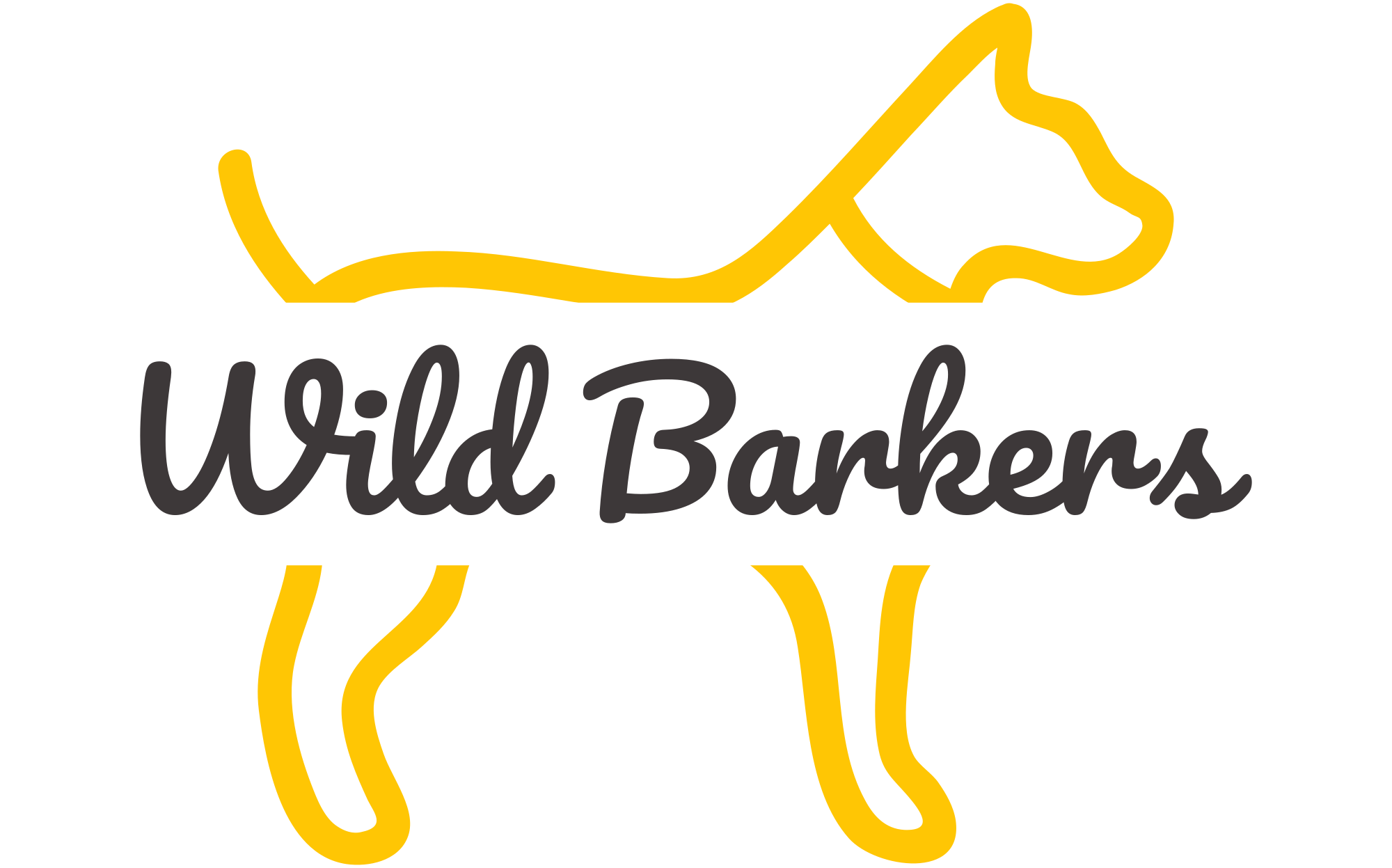




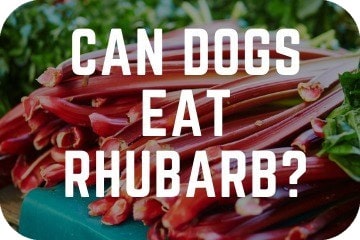

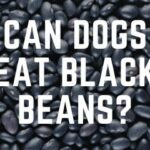

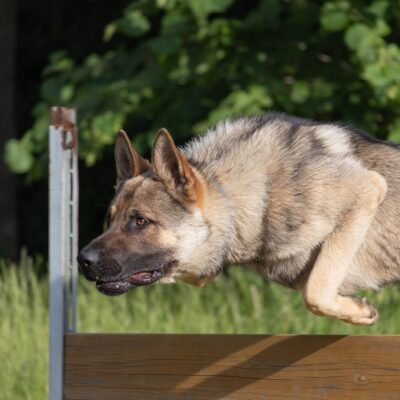
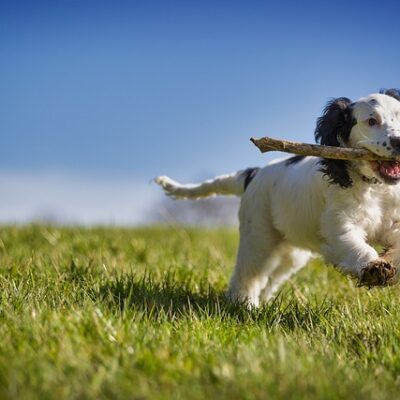
No Comment! Be the first one.